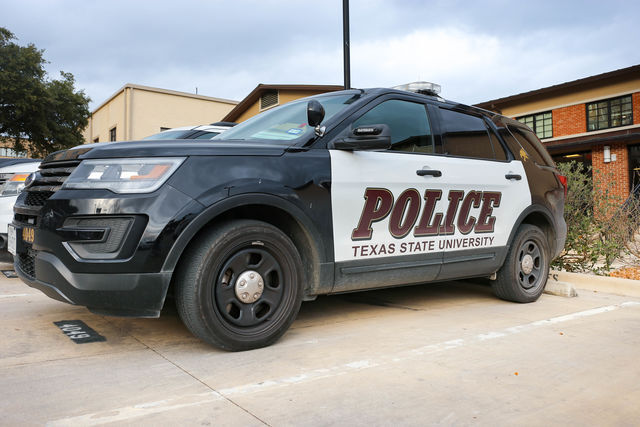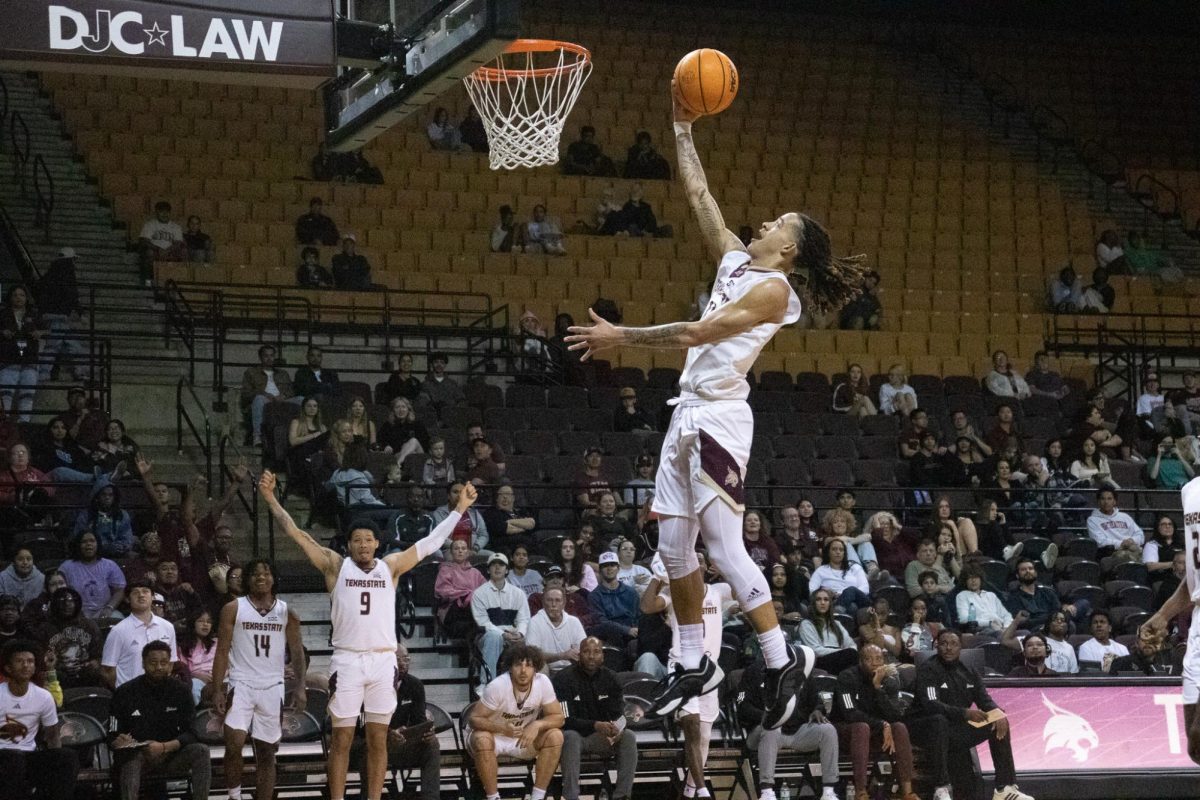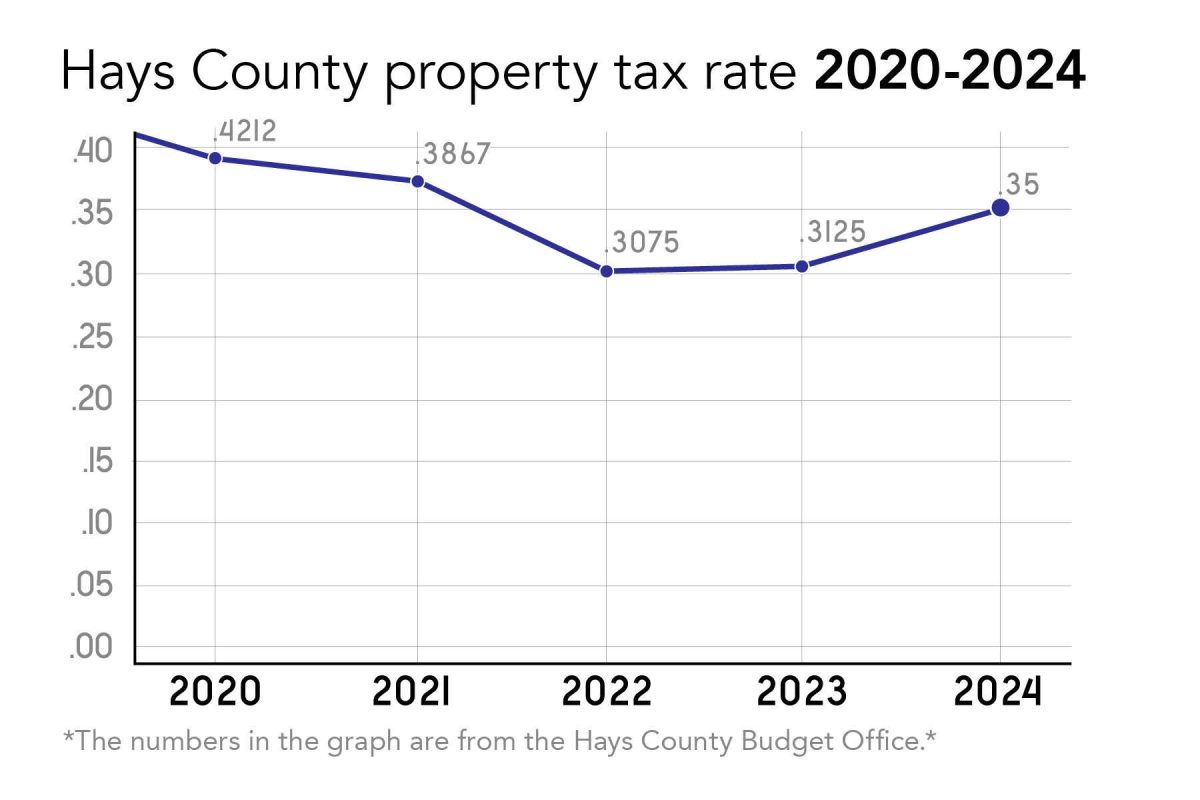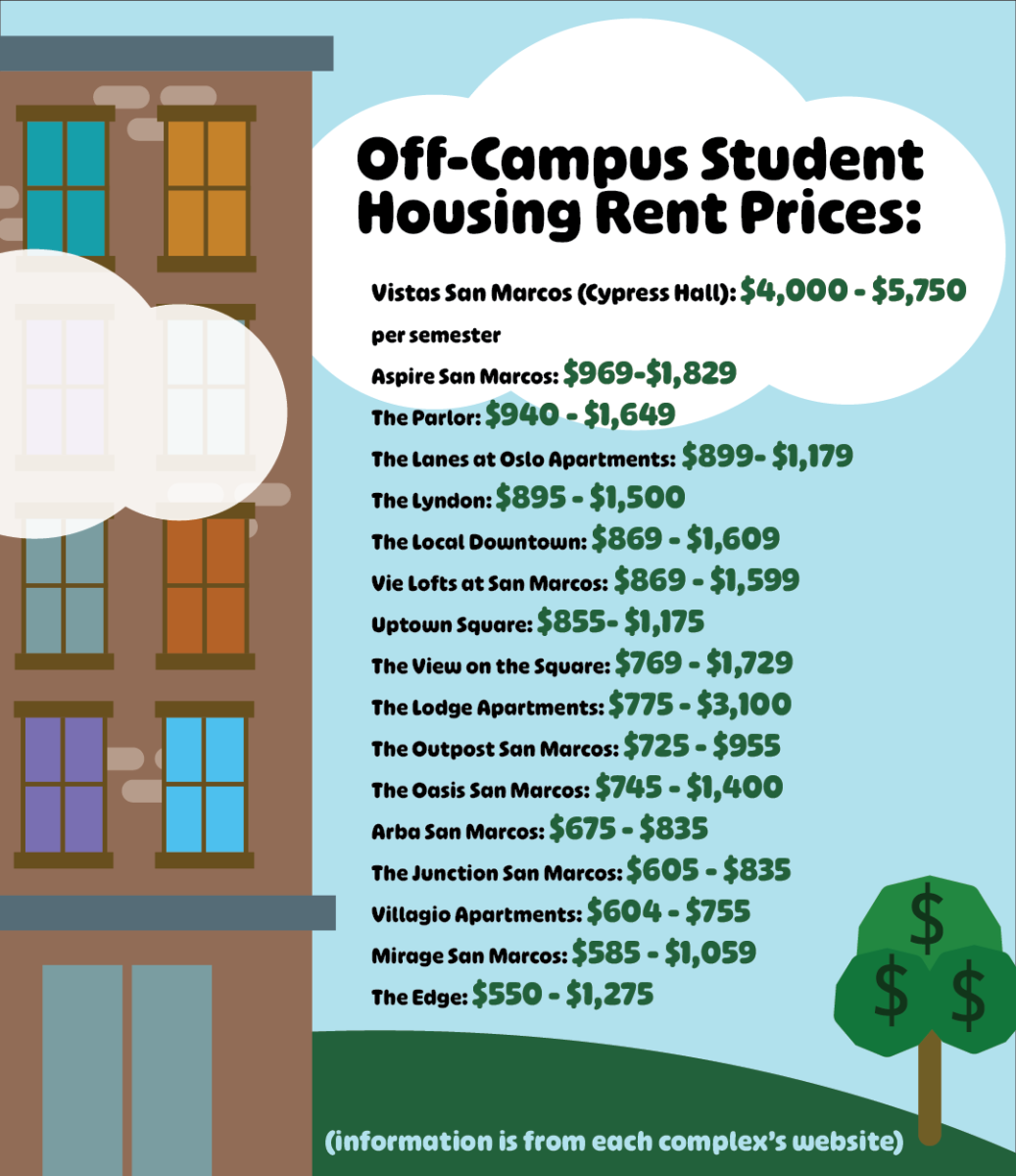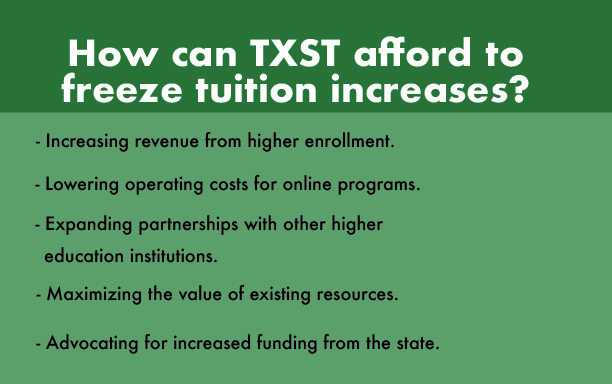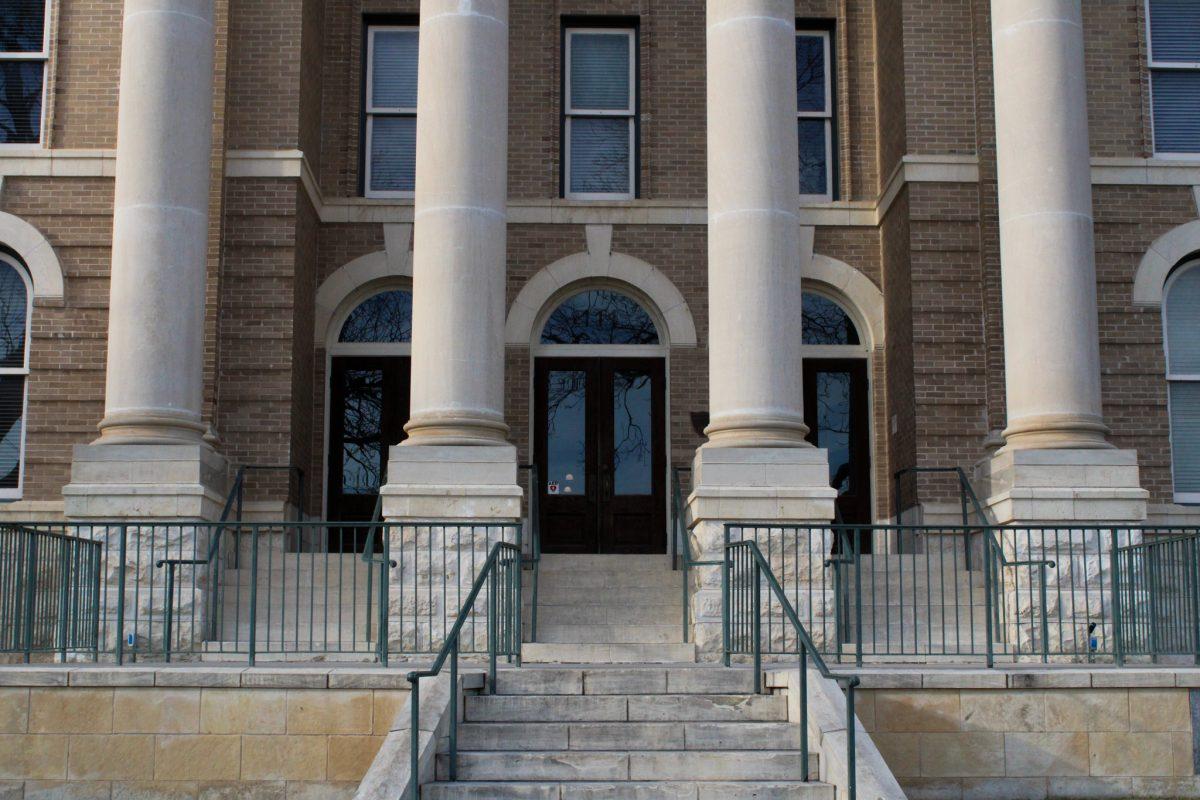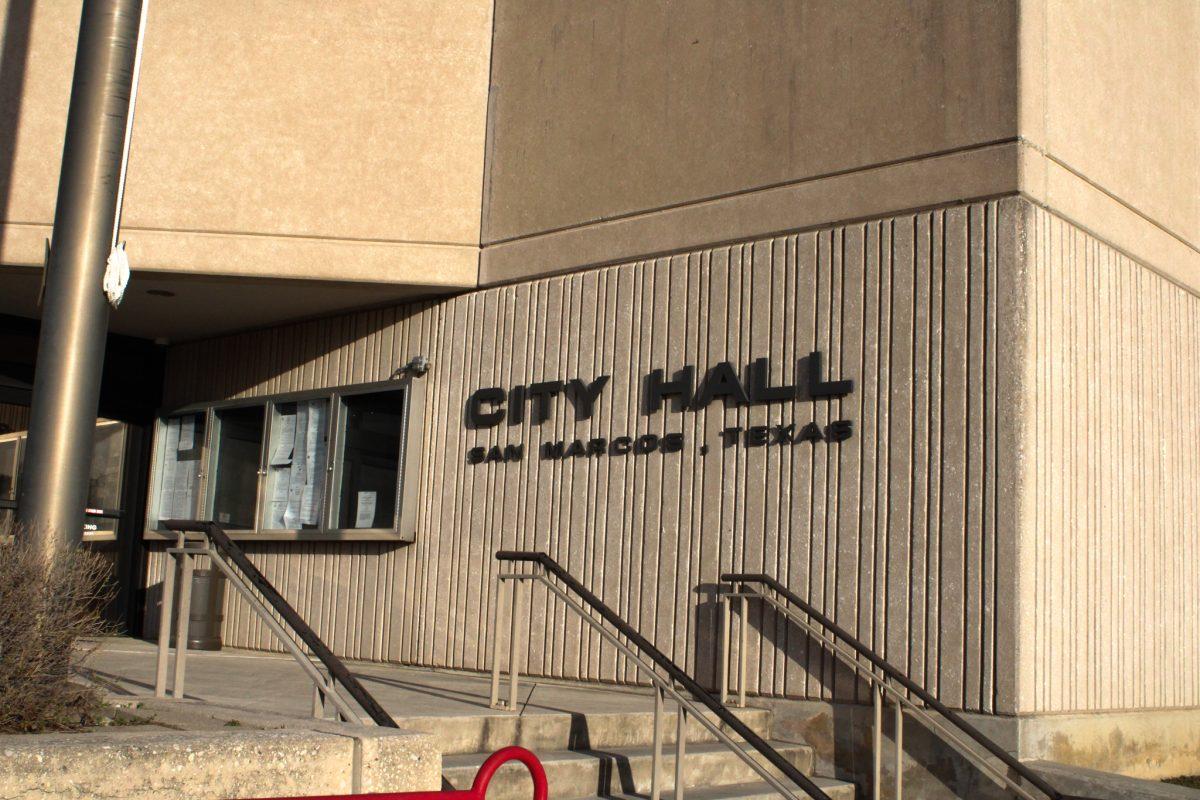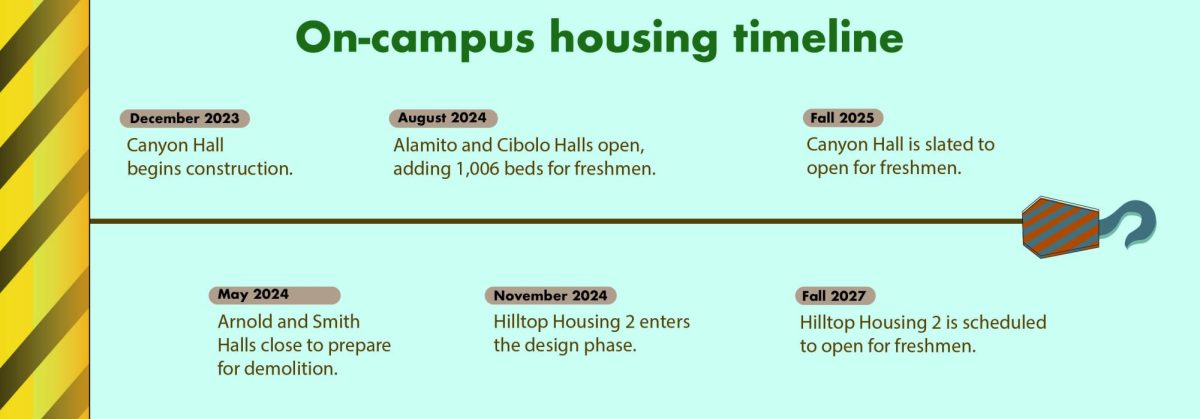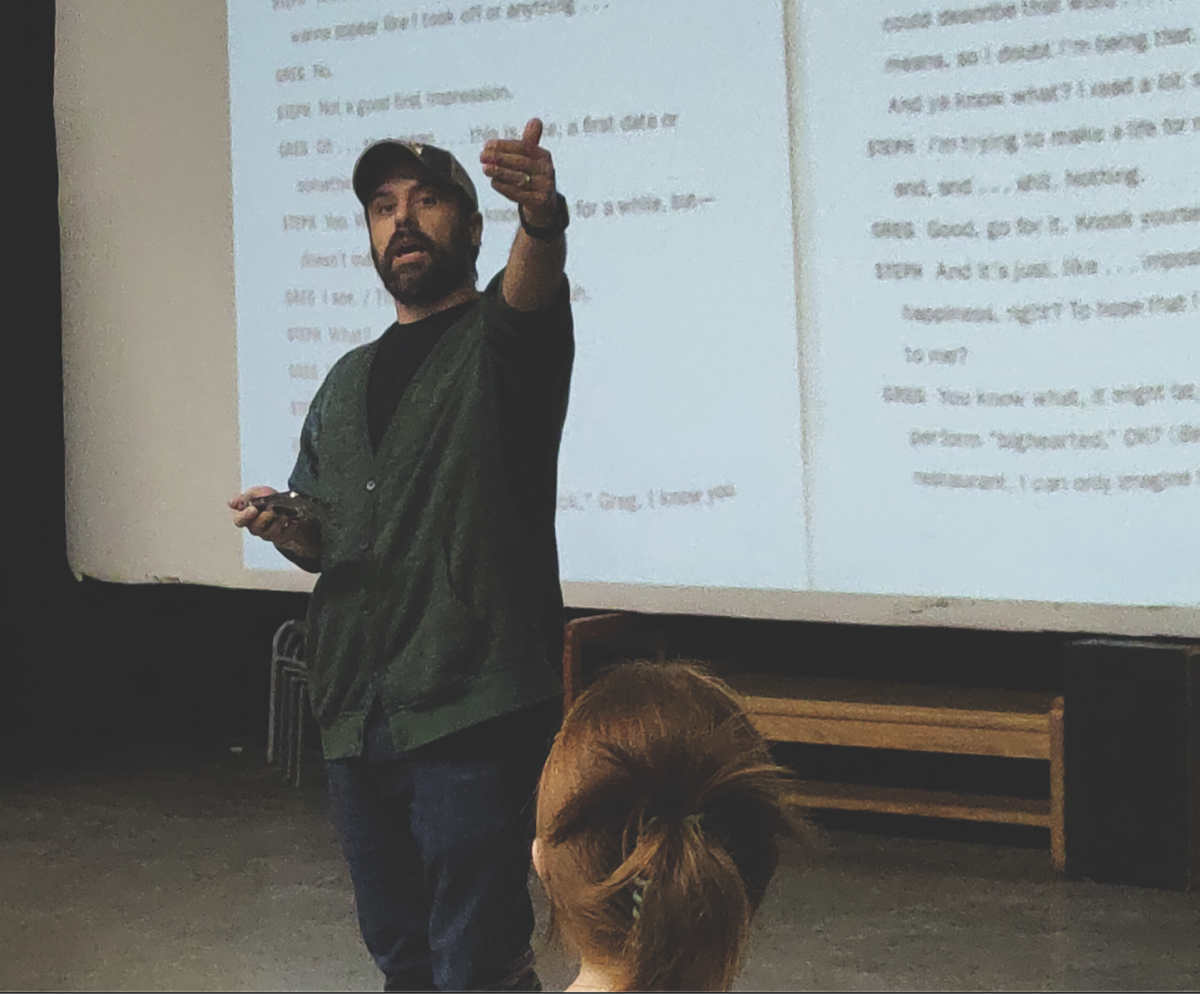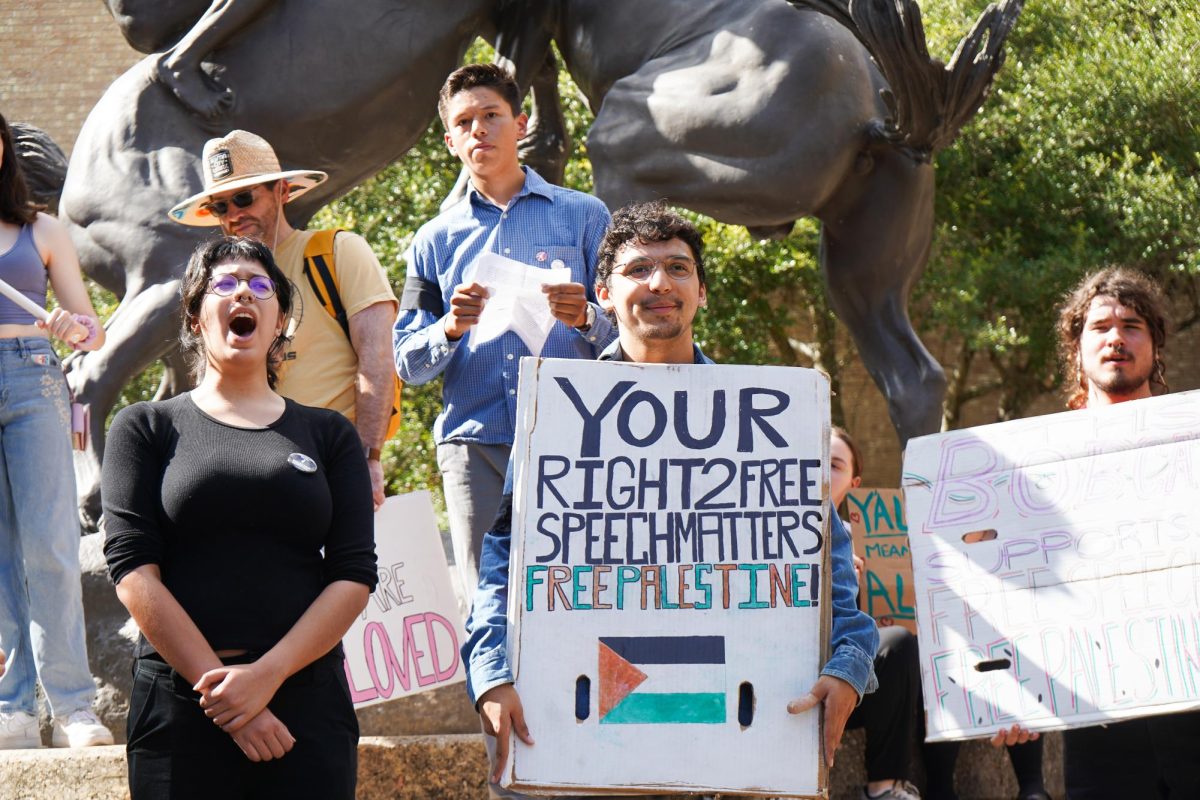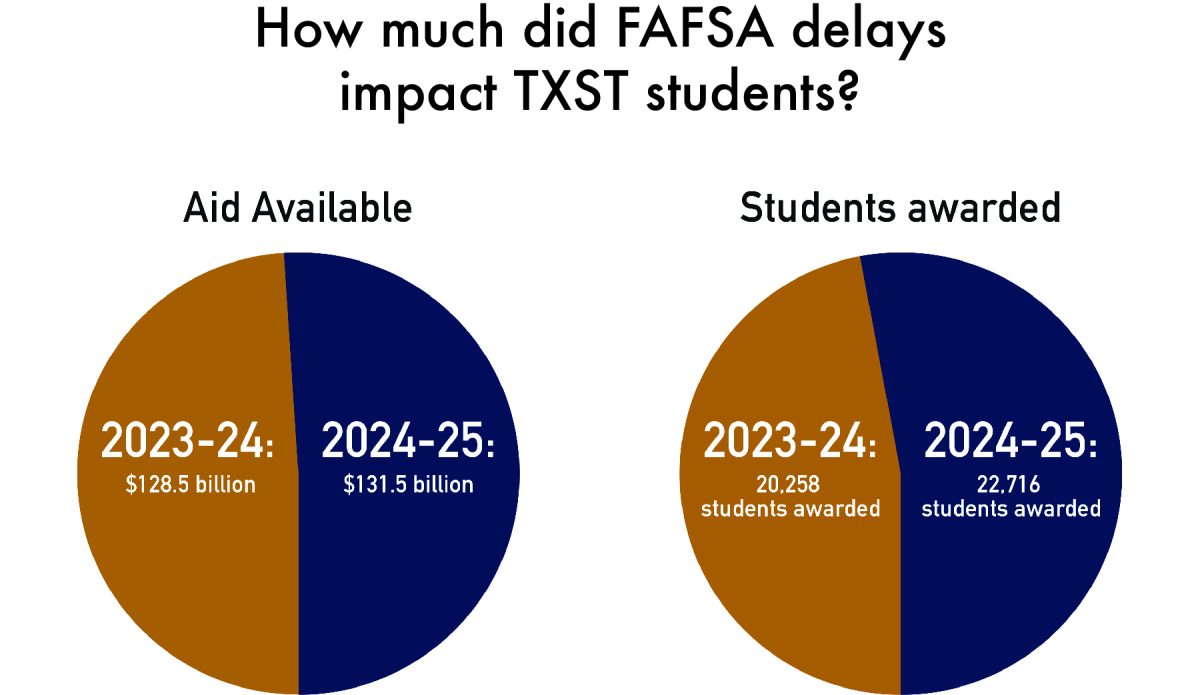Eighteen schools across the U.S. have faced gun violence since the beginning of 2018, two were colleges, according to national reports. In an effort to protect Texas State, the understaffed university police department has officers working overtime.
Texas State’s police department is currently understaffed by 20 percent. Home to more than 38,000 students, the university currently employs 34 certified peace officers; that is over 1,100 students for every officer.
Promotions and retirement have left eight officer positions vacant, leaving currently employed police officers working overtime to cover the shifts. Patrick Cochran, assistant director of UPD, has worked to find officers to fill the positions.
“We have been pretty shorthanded,” Cochran said. “That doesn’t mean that patrol functions stop or even decrease. Other people just have to fill in.”
Over time, however, the void creates issues within the police department in terms of training. Otto Glenewinkel is a certified crime prevention specialist at UPD and is also a trainer at the Advanced Law Enforcement Rapid Response Training, known as ALERRT.
“We can’t ever do enough training, unfortunately,” Glenewinkel said. “We’re eight officers short right now, which makes it hard to send people to training.”
Currently, there are five officer candidates undergoing the hiring process who are qualified for the position, according to Cochran. Once the initial hiring process is completed, these officers will attend the university’s mandatory 12-week training program. Until then, the department remains shorthanded.
The Texas Commission on Law Enforcement sets the standards for the hiring process and requirements. Before officers can work they must be licensed through a TCOLE-approved academy and must go through the 12-week training program. The process to put an officer in the line of duty can take from five months to a year.
The job-search board for campus jobs displays positions available within departments on campus. For the police department, the only listed positions are for a dispatcher and two administrative assistants but none for the three police officer positions still available.
In the spring of 2017 UPD was allocated $3 million by the Texas State administration to improve safety conditions, which involved enhanced lighting around campus, equipment upgrades and the creation of three-full time positions for police officers.
However, there has been no change in the number of allotted sworn positions since the allocation of those funds. In total, there are 42 sworn positions for UPD, which has remained consistent since at least 2016.
The office of President Denise Trauth allocated funds for officers to patrol the quad between the busiest hours of the day in an effort to increase visibility of UPD for students, according to Cochran.
Samantha Wolfshohl, criminal justice senior, is the president of the Citizen’s Police Academy, a student organization that gives students insight into the workings of UPD.
“This semester especially I’ve noticed an increased presence on campus,” Wolfshohl said. “I’ve always seen UPD driving around in their cars, but I’ve noticed more foot patrol, specifically in the quad. I feel like security has been increased, which is surprising given that they are eight police officers down.”
Although the increased presence of UPD can give a sense of security, officers must still work with efficiency to monitor dangers students may not see. Glenewinkel said he has worked to resolve threats before escalation.
“We’ve found people in possession of firearms inside the residence halls that weren’t supposed to have them,” Glenewinkel said. “As far as active shooters threats, we’re all pretty well trained on the protocols and how to handle them should one arise.”
Safety does not fall solely on officers, however, according to Bob Klett,assistant chief of police of the San Marcos Police Department. Both the San Marcos Police Department and the Texas State Police Department encourage citizens to use the Department of Homeland Security’s policy of reporting suspicious activity, no matter how seemingly small it is.
“You could spend millions of dollars securing a school and trying to make it safe but it could still not be enough to stop school shootings,” Klett said. “It comes down to the staff and students being comfortable enough to report suspicious activity. We would rather operate on the side of caution.”
The non-emergency number for UPD is 512-245-2805.
Categories:
UPD seeks to fill staffing shortage
February 21, 2018
A Texas State police vehicle sits in a lot across from Retama Hall.
Photo by Tyler Jackson | Multimedia Editor
0
Donate to The University Star
Your donation will support the student journalists of Texas State University. Your contribution will allow us to purchase equipment and cover our annual website hosting costs.
More to Discover


